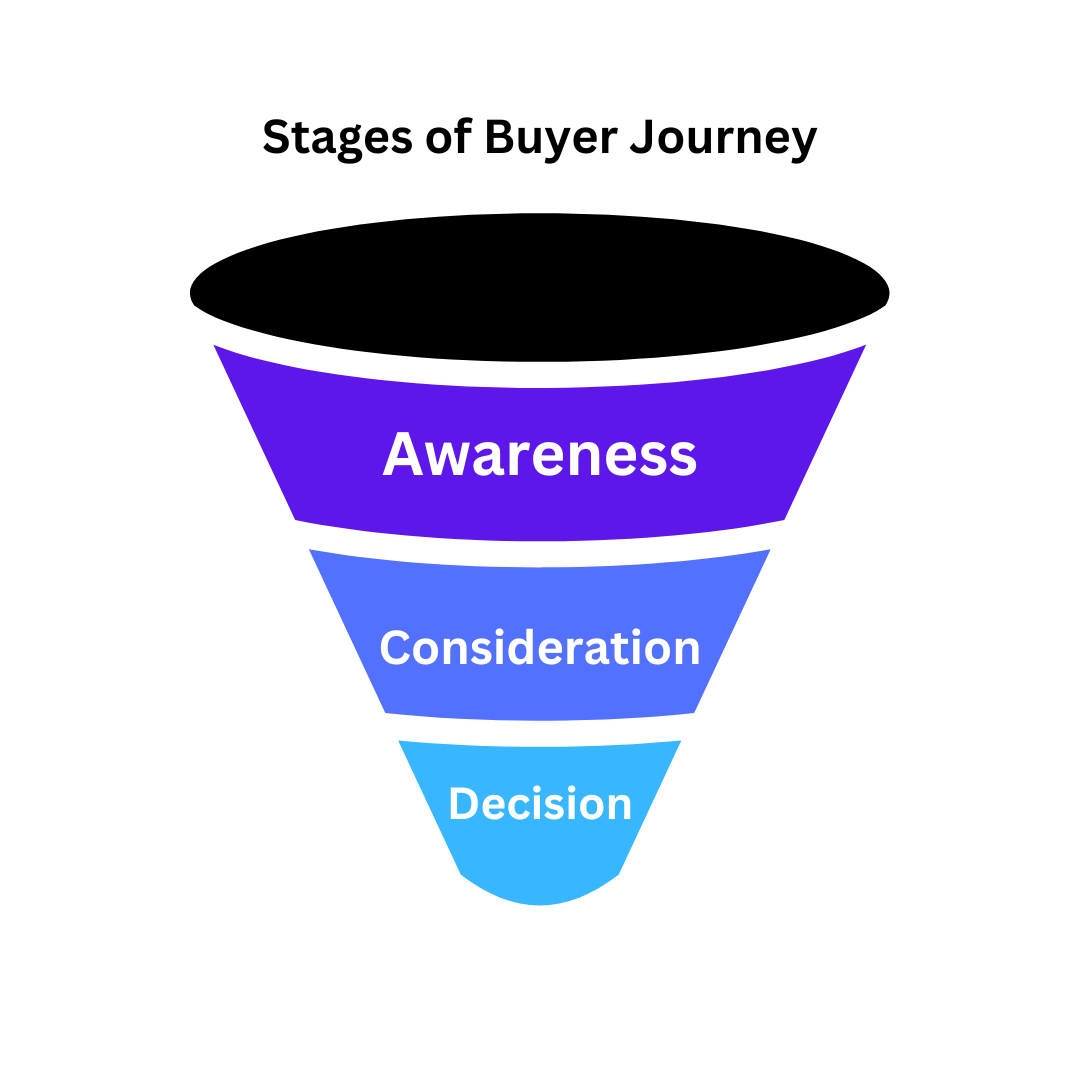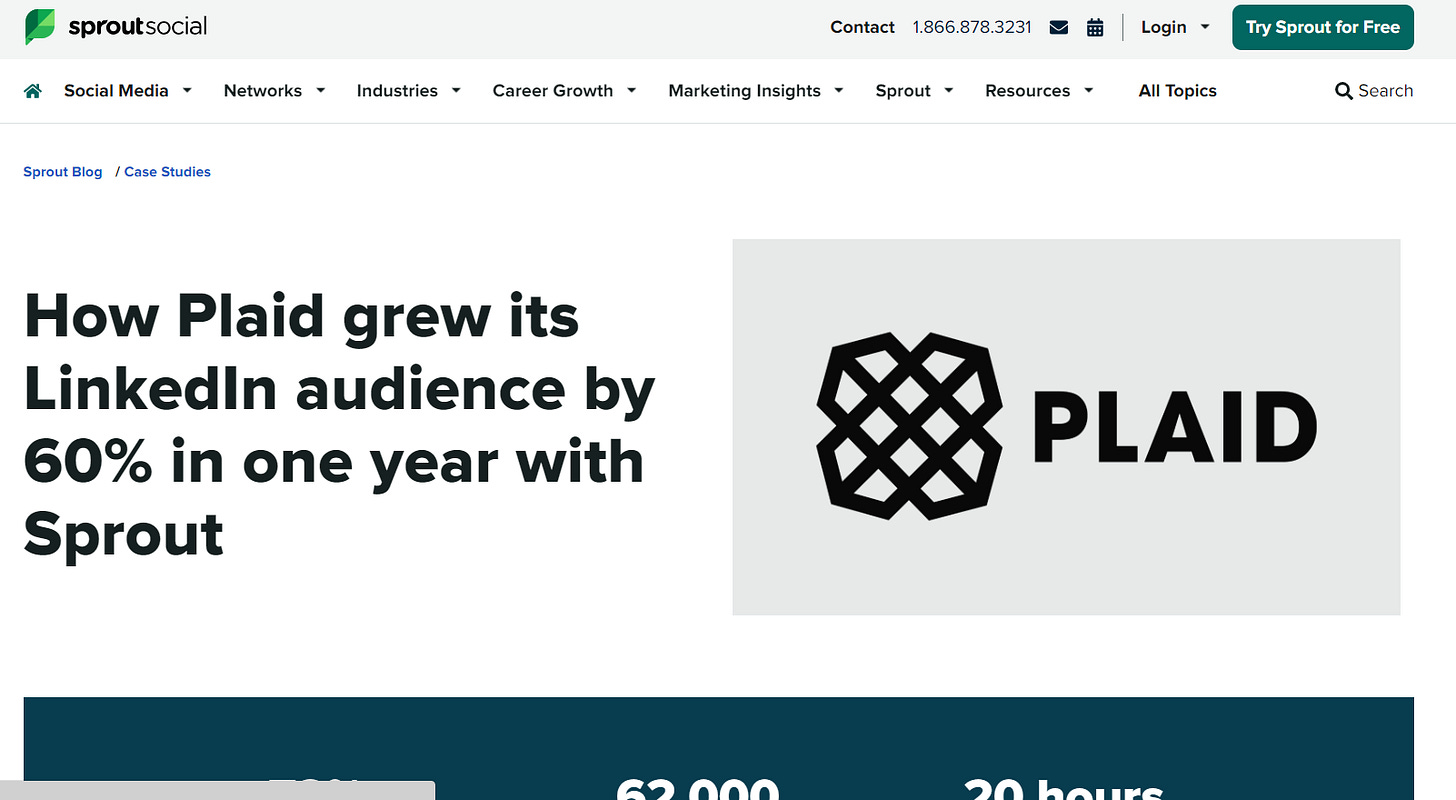Make Every Interaction Count with Content for Every Stage of Buyer Journey
Know how you can turn every touchpoint into a conversion opportunity by leveraging content for each stage of buyer journey.
Heya creative minds,
As this newsletter grows daily, we've decided to scale it — from two to four issues every month.
We'll be popping in your inboxes every week now. And that being said, we're always open to feedback and new suggestions for the newsletter topics. If you wish to read something that we haven't talked about it, feel free to reply to us back.
Now, let's get back to our today's conversation — Content for different buyer journeys.
Your audience won't directly start searching for your product's name and sign up for it immediately.
For example, you want to try keyword research software or learn more about keyword research. Will you directly search for Ahrefs, Ubersuggest or Semrush if you don't know about them? No, right
You'll search for terms like "What is keyword research", "How to begin keyword research", or "Best keyword research tools".
This is how most people discover your product — they start their search with generic terms. If you succeed in helping them with their query, they remember you as a credible source and come back to you.
This is why you need to focus on creating content for every buyer journey so that you can nurture them with the right set of information.
A typical buyer journey looks like this:
Let's break it down for you:
Awareness
This is the first step in the buyer's journey. In this stage, potential customers are just beginning to realize they have a problem or need that requires attention. At this point, they may not even know a solution exists.
Therefore, the content should educate the target audience about the problem or need and provide helpful information. This can be done through various content assets, such as
Blog posts
ebooks
Infographics.
For example, this blog from Scribe is about the roles and responsibilities of the customer success team.
The blog starts by addressing the audience's pain point in the introduction and moves ahead to explain different roles in a customer success team with their respective points.
Someone searching for customer success roles isn't looking to sign up for documentation software. But just more information on the topic.
Consideration
The consideration stage is where the potential customer is in decision-making mode. This is the time to compare and contrast solutions, evaluate features and benefits, and get into the nitty-gritty details.
In this stage, content should aim to help the potential customer make an informed choice without overwhelming them with information.
You can create:
Comparison of landing pages and articles
Expert guides
Case studies
Podcasts
Videos
It's tough not to mention ClickUp when discussing comparison landing pages. ClickUp has created many pages where they've highlighted the differences and highlighted the USP to stand out.
Decision
In the decision stage, potential customers have narrowed their options and are ready to choose a solution. At this point, content should help reassure potential customers that they are making the right choice and help them overcome any objections.
With that in mind, some content assets that can be useful in this stage include:
Case studies
Testimonials
Product reviews
Free Trial or Live Demo
This example from Sproutsocial's archive is concise, easy to read, and provides concrete results.
It's also very relatable, as it includes many examples from their social media handles and clearly addresses their problem statement.
Plus, it's visually appealing, with clear headings and a nice layout. And it's compelling, as it shows how the solution helped Plaid achieve its goals.
Crafting content for each stage of the buyer's journey is like preparing a three-course meal. It requires careful planning and execution, but the result is a satisfied customer ready to return for more.
Until next time, remember: your content is a journey, not a destination. Keep creating, keep refining, and most importantly, keep serving your audience.
Cheers,
Aanchal & Uddalak







